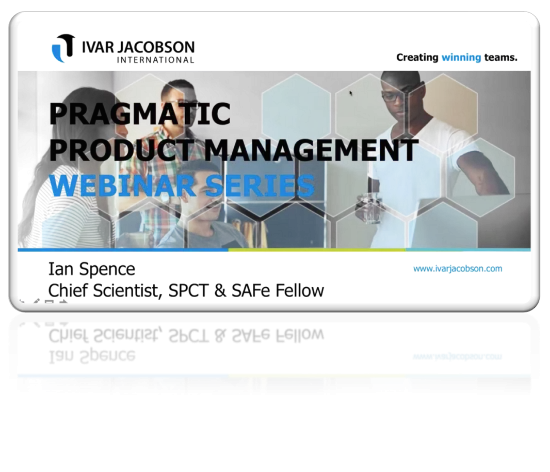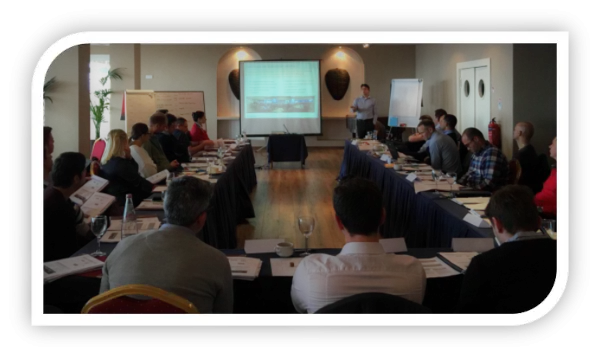Feature Lifecycles,; Slicing and Dicing your Hypotheses
Features make a powerful complement to user stories when undertaking the agile development of products and solution. They are what the majority of your users and stakeholders are asking for, provide the perfect basis for adopting a more hypothesis-driven approach to the evolution of your solutions, and enable you to scale to multiple teams.
In this webinar we will examine the lifecycle of a Feature, exploring how they can complement your user stories, help you to be more agile in your product development, and help you to scale.
It is very tempting for Product Owners and Product Managers to treat Features as though they are giant User Stories, and to apply the same splitting approach to their Features as they already use for the User Stories they present to their teams. In this webinar we will also explore how Features differ from User Stories and how to slice them to release value as soon as possible.





